Courtesy: Jukka Shemeikka, Head of Aquatics at the Olympic Training Center Rovaniemi, Finland.
As a part of its Research, Development and Innovation (RDI), the Olympic Training Center Rovaniemi is running a competitive swimming development program called ‘Modern Dryland Training’. This arose from the simple objective of creating better solutions for dryland training for swimmers and coaches globally. Along the way, the focus has shifted to a bigger picture of having synergy between dryland training and pool training.
Welcome to an article series covering the last four years of our work on swimming development. You are now reading part two of the 4D swimming article series. In this article, I will be discussing the phase one findings and how they raised some interesting questions. I will also offer considerations and explanations on some phenomena we see regularly in swimming, using the gained experience during the last four years. If this is the first time you are reading about the 4D swimming project, it is highly recommended that you read the first part before starting this one.
4D Swimming’s first research phase focused on studying coordination effects on propelling efficiency and swimming economy in hip driven freestyle. Different age groups participated in the study, which later proved to be important for the success of the study. Examining the study data, we found not one, but four different coordination groups. This showed us how much variety there is in mid-distance and distance freestyle techniques. The characteristics of the different coordination groups are interesting and need to be further explored. The 4D swimming project continues into phase two to study coordination effects on propulsion and drag. We hope this gives us more info on how to prepare our athletes the best way.
Phase one results offered us something we were not expecting. After going through the findings, we can certainly connect more dots and expand our understanding. This reinforces the idea of doing additional studies on the subject. We can’t solely rely on research in coaching, but we definitely need more of it to guide us further. It’s like we are walking in a mist, and can’t see clearly. To be able to develop our great sport, it is important to look for answers outside the sport as well.
I hope this article brings up ideas and questions, or reinforce ideas that you have been thinking of earlier.
Discussion, questions and phenomena
The phase one findings raised some interesting questions about coordination. How coordination is built in swimming and what the possibilities are to develop it. It is assumed that our coordination begins to develop before learning to swim, so is our way of swimming freestyle a pre-determined? Now that we understand how much variation there is, we are very excited to learn more through the phase two study. If phase two findings offer evidence that some coordination groups are more efficient, it would definitely explain how some swimmers are able to develop faster and further.
Regarding the findings, it is also fair to ask, is our understanding of front crawl really outdated? Is what we understand with hip driven freestyle just the ideal way, and is the reality so much more? Analysing movement of swimmers from around the world also raises a suspicion: does anyone really master hip driven freestyle? The difficulty of that is having an active up-kick, and that is what many swimmers are missing because the front side of the body is much stronger and more active. Bringing an active kick and connection to race performance is more easily said than done. It takes a lot of focus in everyday training to make it automated. Just doing laps and making the intervals does not cut it. Having some help to monitor this in training and in real-time would be really beneficial.
We already understand that swimmers react differently to training. Learning more about different coordination groups could help to prepare athletes better for racing, but also develop their skill further. Variation in swimmer coordination suggests that using the same drills in the same way is not effective for all swimmers. The findings also raised suspicion that certain training regimen doesn’t work for everyone. It might be that for some swimmers, a distance-based program would be more advantageous. There is also reason to believe that some swimmers do not need as much tapering as others, or none at all, because their performance isn’t built solely on condition. Swimmer’s performance can also rely a lot on movement harmony, which equals less drag and max. propulsion. It can also explain how some swimmers don’t need to lift early because they can get the stimulus needed in other ways. Strength training can certainly lower the risk of injury and enhance performance, but it can also affect the balance in a negative way, so it’s really important to monitor how swimmer reacts to his training on land.
I gathered a few considerations from each coordination group. These considerations come supported by the work we have done in this 4D project and the findings of phase one. Many of these considerations will be key in future phases of 4D research.
Group A – Gross Coordination
- Coordination
- Really noticeable rhythm, and might use individualized kick, e.g. kick only once for every cycle
- Performance is highly depended on arm-leg coordination
- Training
- Swimmer in this category needs and can handle more race pace training compared to other groups
- Doesn’t need a massive taper
- Might benefit from using fins with paddles at the same time. This allows the use of myofascial slings, because the resistance is equal in arms and legs.
- Dryland
- Don’t need to lift weights early. Performance is myofascial sling dependent. Reacts best to basic strength and training the slings.
- Racing
- Performs better at mid-distance and distance races over sprint performance
- Technique
- Technique can be best developed in overall performance. Isolated drills might not work.
Group B – Phasing Coordination
- Coordination
- Phasing is more obvious in slower speeds. Arm coordination changes a bit closer to normal rhythm at higher speeds, until fatigue sets in and phasing starts again.
- Legs and arms work separately
- Training
- Benefits from a well-planned taper
- Might benefit from using paddles and fins separately
- Dryland
- Benefits more from performance-based dryland program e.g. circuit training
- Technique
- Isolated drills might work the best when developing technique
Group C – Ipsilateral Coordination
- Coordination
- Swimming looks effortless
- Relies on same side arm and leg coordination
- Training
- Normal taper can benefit the swimmer
- Benefits from using fins with paddles at the same time. This allows the swimmer to find his/her coordination better
- Difficulties in raising frequency, but has great DPS
- A strong kicker
- Dryland
- Benefits from a wide range of dryland training, but can manage with less, if muscle balance is taken care of
- Technique
- Technique can be best developed in an overall performance. Isolated drills might not work.
Group D – No Coordination
- Coordination
- Performance capability varies more than in other groups. This might be seen in constant technique changes or in the difficulty of upholding a good technique.
- Training
- Might need a long taper
- Might benefit from both using paddles and fins separately, and at the same time
- Dryland
- Benefits from a progressive dryland training
- Technique
- Isolated drills might be the best option when developing technique
What we must understand about all coordination groups is that eventually, training determines how a swimmer performs. If training stimulus isn’t right, the swimmer might not excel, but in the right environment, a swimmer might become one of the best in the world. If you follow my mindset, you will come to the same conclusion that at the moment we may not see some great swimmers reaching their full potential.
If we can validate these considerations with future studies, it could mean a huge step forward in coaching. We could target training more specifically by determining the coordination group with sensors. It would also help to determine readiness for race pace training and give us a more comprehensive understanding of race performances. Analyzing race performance would be fast, precise and available right after the race. Of course, this would need the approval of wearing sensors in races.
Olympic Training Center Rovaniemi is one of the six Olympic Training Centers in Finland. Together with a diverse network of Universities, sports federations and associations, research institutes and other experts, we are able to offer a wide level of education in multiple fields of sports and well-being as well as in different sports.
Santasport Swimming is a growing international development and research program for swimming. Our goal is that in the next four years we will run research on both learn to swim and high- performance swimming using our previous experience. Thru our research work, we are hoping to offer new insights on swimming development.
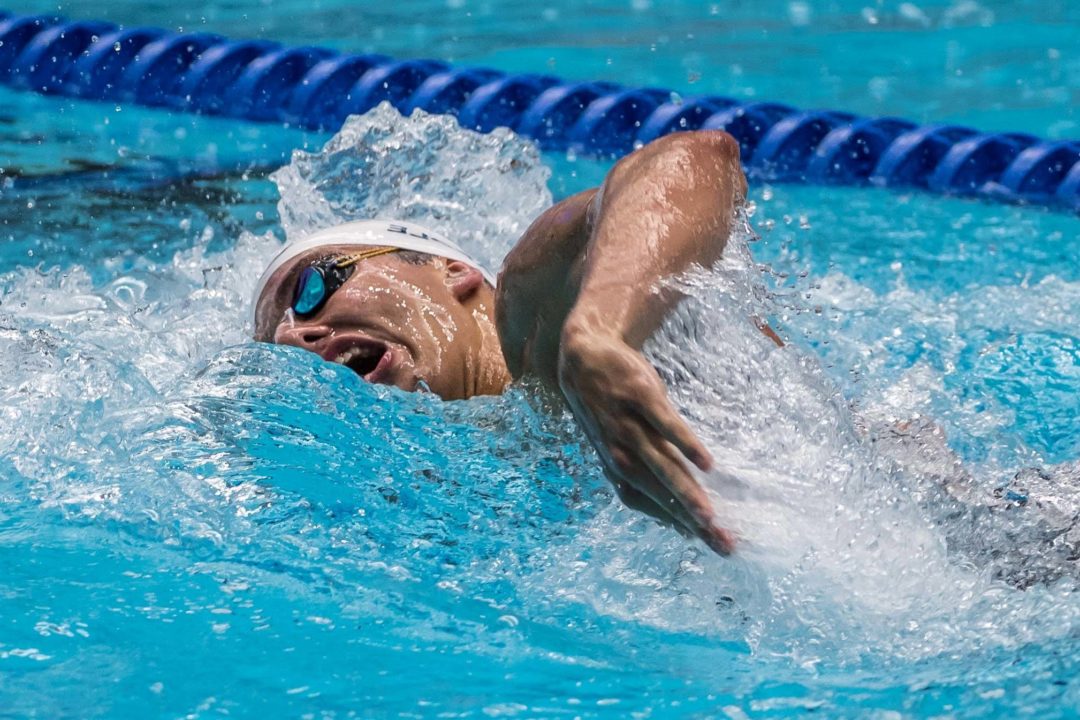
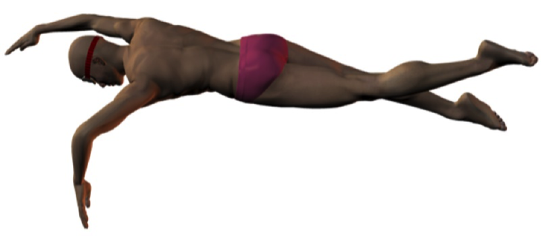
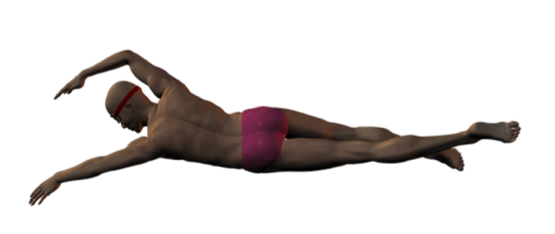

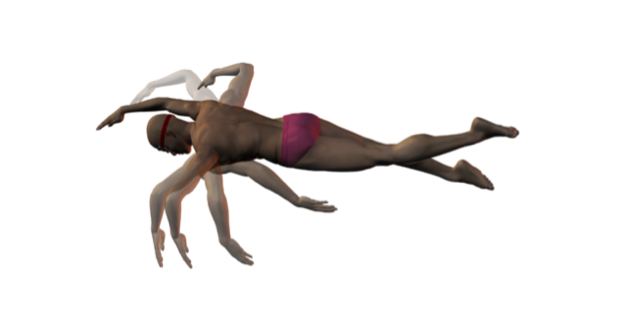
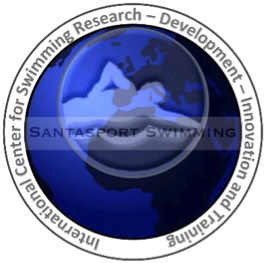
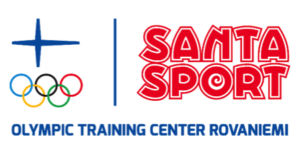
For starters, why isn’t there a racing consideration for the B, C and D coordination groups?
Hi Aftershock
Thank you for that question. We have studied group A for four years, so our amount of data from that group is much larger. Other groups came to our “radar” with the phase one study, so we’ll know more about them after phase two.
Ummm, I’m unapologetically a “grammarian” – the plural of phenomenon is phenomena. I’m cringing at your headline!
Thank you! Always learning something new 🙂
ok how do I understand this
If there are pieces of it that you’re stuck on, please ask those questions and I’ll ask Jukka to come on and answer them.
Is there some kind of test that I could do on my own to know which group I am in?
Hi Evan! Not at this point. We need to understand more about coordination first. So, we are going to do more studies, until we think about offering any kind of test for swimmers and coaches to use. Right now we are testing a new protocol for phase two.